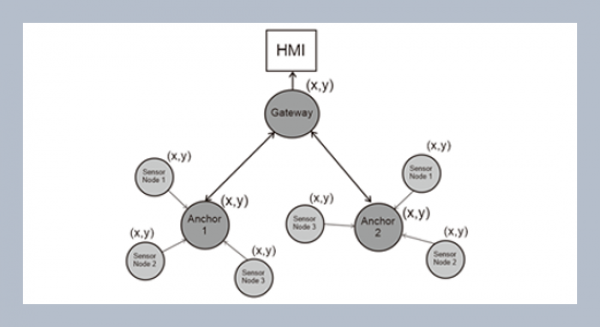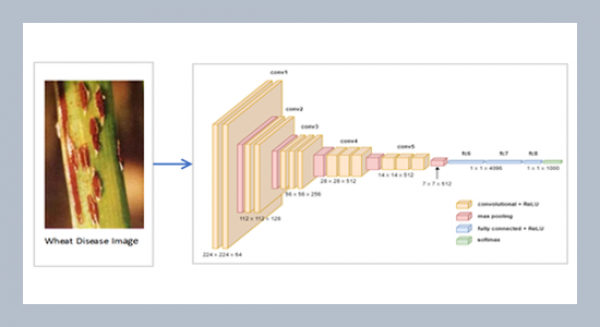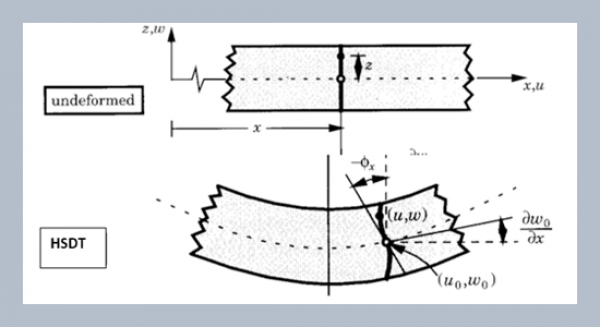Kwok-Wai Louie* Manitoba HVDC Research Centre, Winnipeg, Manitoba, Canada R3J 3W1
Download Citation:
|
Download PDF
This paper presents a new aggregate model for voltage and frequency dependent load components in power system studies. The model is built using a modular approach that allows the easy integration of dissimilar load data specification formats, such as exponential forms and polynomial representations. As opposed to conventional load models in which the exponents of the exponential or polynomial representations are constant, the proposed model dynamically adjusts these exponents. The composite load components are represented by network equivalents connected to the transmission system maintaining the topological structure of the original power network. The proposed aggregate load model includes more information on the nature of the load devices than conventional models and is thus valid for a wider range of voltage and frequency variations. This paper presents the basic equations of the new proposed aggregate load model, as well as comparison with conventional models.ABSTRACT
Keywords:
aggregate load modeling; power system modeling; voltage and frequency depend ence of power system loads.
Share this article with your colleagues
[1] IEEE Task Force on Load Representation for Dynamic Performance 1993. Load representation for dynamic performance analysis. IEEE Transactions Power Systems, 8, 2: 472-482.REFERENCES
[2] Kundur, P. 1994. “Power System Stability and Control”. McGraw-Hill, Inc. New York.
[3] Concordia, and Ihara, S. 1982. Load representation in power system stability studies. IEEE Transactions Power Apparatus Systems, 101, 4: 969-977.
[4] Price, W. W., Wirgau, K. A., Murdoch, A., Mitsche, J. V., Vaahdi, E., and Ei-Kady, M. A. 1988. Load modeling for power flow and transient stability computer studies. IEEE Transactions Power Systems, 3, 1: 180-187.
[5] IEEE Task Force on Load Representation for Dynamic Performance 1995. Standard load models for power flow and dynamic performance simulation. IEEE Transactions Power Systems, 10, 3: 1302-1313.
[6] Kent, M. H., Schmus, W. R., and McCrackin, F. A. 1969. Dynamic modeling of loads in stability studies. IEEE Transactions Power Apparatus Systems, 88, 5: 139-146.
[7] Chiang, H. D., Wang, J. C. C., Huang, T., Chen, Y. T., and Huang, C. H. 1997. Development of a dynamic ZIP-motor load model from on-line field measurements. Electrical Power & Energy Systems, 9, 7: 459-468.
[8] Taylor, C. W. 1994. “Power System Voltage Stability”. McGraw-Hill, Inc. New York.
[9] Ihara, Tani, M. and Tomiyama, K. 1994. Residential load characteristics observed at EPCO power system. IEEE Transactions Power Systems, 9, 2: 1092-1101.
[10] Berg, G. J. 1973. Power-system load representation. Proceeding of IEE, 120, 3: 344-348.
[11] Ribeiro, J. R. and Lange, F. J. 1982. A new aggregation method for determining composite load characteristics. IEEE Transactions Power Apparatus Systems, 101, 8: 2869-2875.
[12] Abramowitz, M. and Stegun, A. 1972. “Handbook of Mathematical Functions with Formulas, Graphics, and Mathematical Tables”. Dever Publications Inc. New York.
[13] Glover, J. D. 1989. “Power System Analysis and Design”. PWS-KENT Publishing Company, Boston.
ARTICLE INFORMATION
Accepted:
2004-05-27
Available Online:
2004-07-02
Louie, K.-W., 2004. A new approach to compose load devices in electric power systems, International Journal of Applied Science and Engineering, 2, 197–210. https://doi.org/10.6703/IJASE.2004.2(2).197
Cite this article:















